Ball valves are widely used in various industries for controlling fluid flow, and the material chosen for their seals is crucial for ensuring durability, reliability, and performance. The ball valve seal must withstand pressure, temperature, and chemical exposure while maintaining an effective seal to prevent leakage.
1. Common Materials for Ball Valve Seals The material used for ball valve seals depends on the application and the type of fluid being controlled. Some of the most common materials include elastomers, metals, and PTFE (Polytetrafluoroethylene). These materials are selected based on their ability to provide a tight seal and resist wear.
2. Elastomers (Rubber-Based Materials) Elastomers like Nitrile (NBR), EPDM (Ethylene Propylene Diene Monomer), and Viton are frequently used in ball valve seals. These materials offer good flexibility and excellent sealing capabilities, especially in lower to medium pressure applications. Viton, in particular, is resistant to high temperatures and chemicals, making it suitable for more demanding applications.
3. PTFE (Polytetrafluoroethylene) PTFE is another popular material for ball valve seals due to its chemical resistance, low friction, and high-temperature stability. PTFE seals are commonly used in industries like chemical processing, pharmaceuticals, and food processing. They provide a reliable seal and are resistant to many aggressive chemicals.
4. Metal Seals For high-pressure, high-temperature, or cryogenic applications, metal seals such as stainless steel, Inconel, or Monel are used. These materials are chosen for their strength and ability to perform in extreme conditions, ensuring a durable and long-lasting seal.
In conclusion, the material used for ball valve seals is selected based on the operational conditions, with elastomers, PTFE, and metal options being the most commonly used choices.

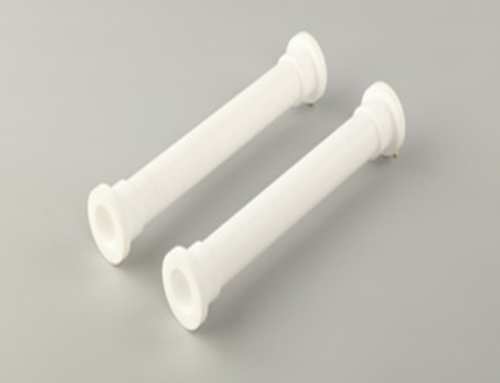
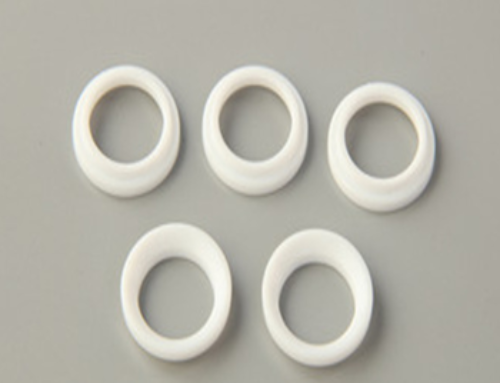
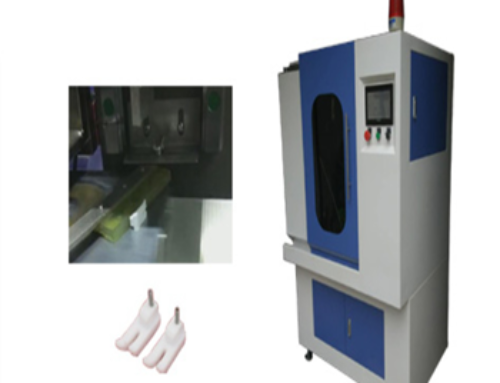
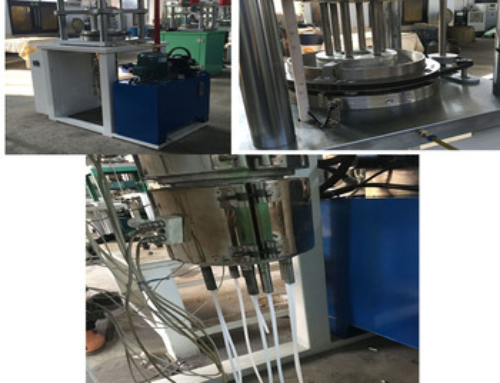
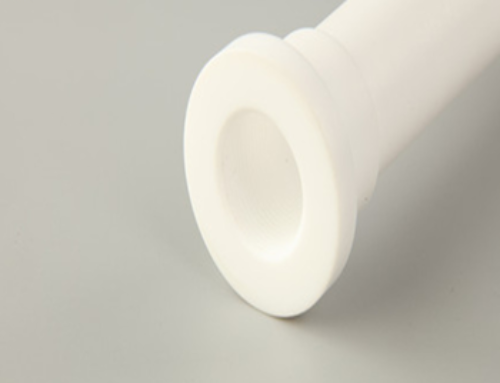

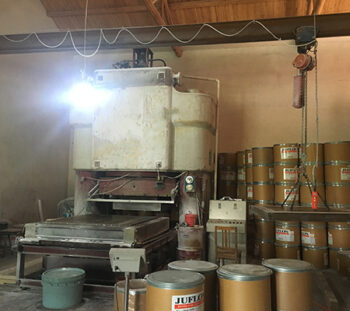
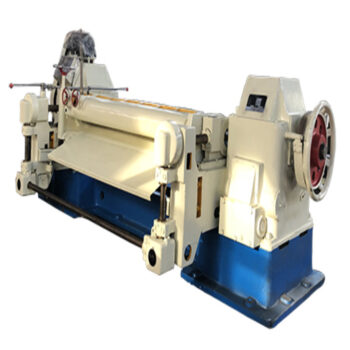
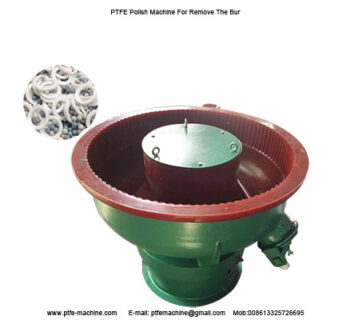
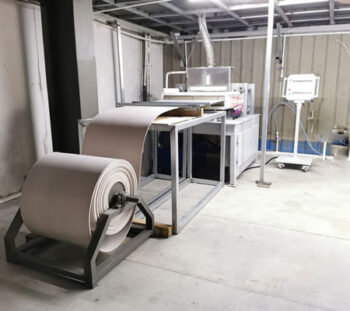
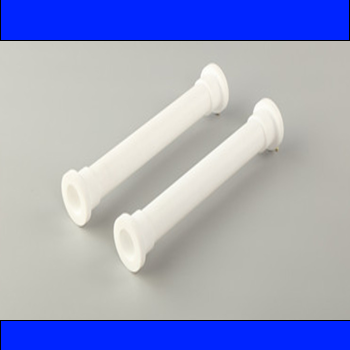

Leave A Comment
You must be logged in to post a comment.